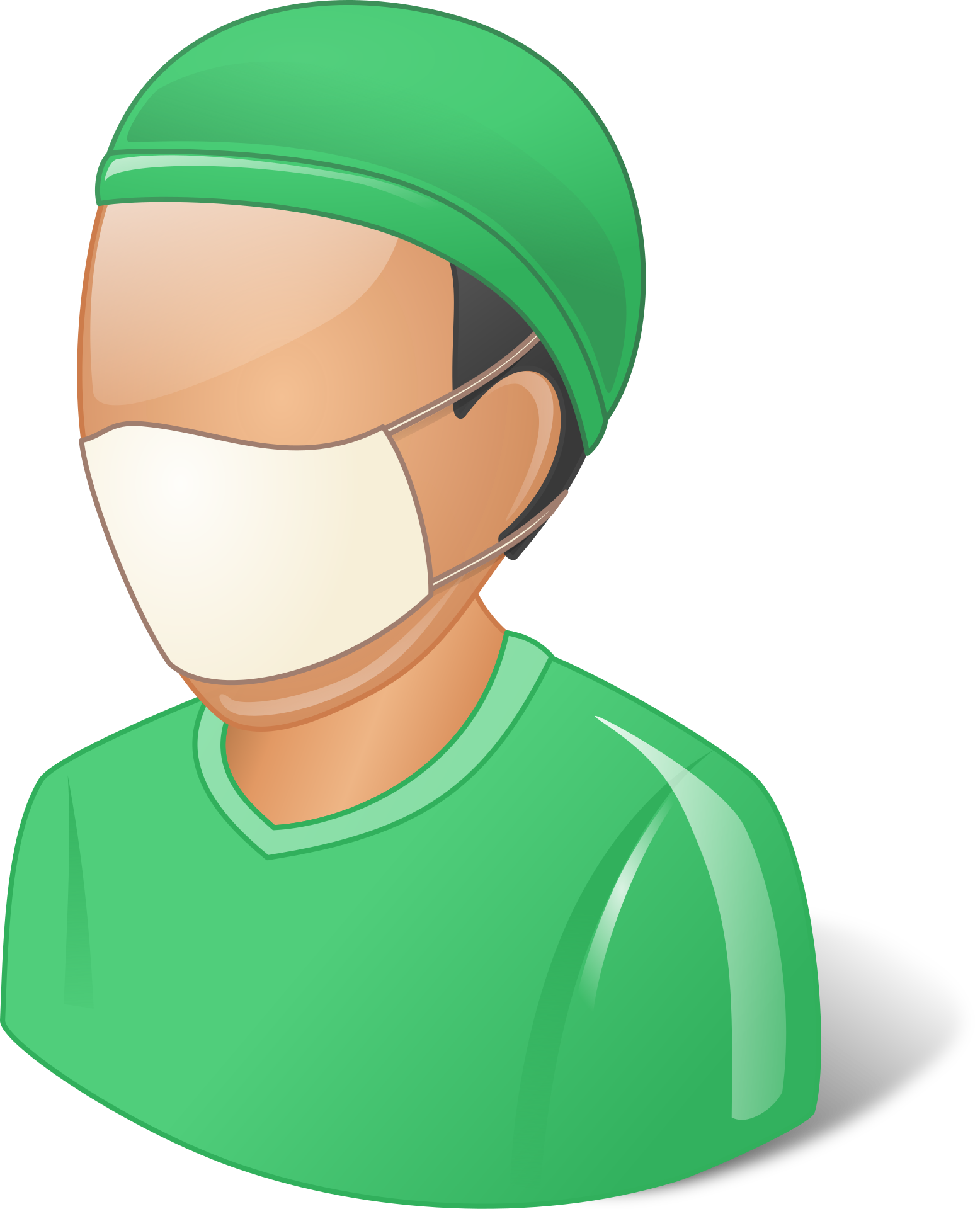Source/Disclosures
Disclosures:
Shelton reports serving as a consultant for or on the advisory board of Evecxia Therapeutics, Janssen, Neurorx, Novartis Pharmaceuticals Corporation and Seelos Therapeutics, as well as grant or research support from Allergan, INmuneBIO, Intracellular Therapies, Janssen, Livenova plc, Neurorx Inc, Novartis Pharmaceuticals Corporation and Otsuka Pharmaceuticals.
Clinical data support the effectiveness of ketamine and esketamine for difficult-to-treat depression and major depressive disorder with suicidal ideation, according to a presenter at the American Psychiatric Association annual meeting.
However, there are also limitations and concerns.
“Ketamine is effective for [treatment-resistant depression] and [MDD with suicidal ideation],” Richard C. Shelton, MD, director of the University of Alabama at Birmingham Depression and Suicide Center, said during a presentation. “Intranasal ketamine has been approved in both indications, although trials data are mixed and somewhat controversial. Our experience with both intravenous and intranasal esketamine has been positive overall, but the clinical use is challenging, and so far, we think most of our patients are going to require longer-term treatment.”
Shelton highlighted results of double-blind crossover studies that showed ketamine produced a rapid and robust beneficial effect among patients with severe resistant depression. The beneficial effect began within several hours of administration and maximized out at about 1 day. According to Shelton, although ketamine worked among these patients, the depression returned within the first week, leading to a proliferation of single-dose studies. A 2016 study of twice per week and three times per week administration of intravenous ketamine showed a robust beneficial response, with the two or three times per week administration working approximately the same.
Results of a 2018 study that compared placebo and intranasal esketamine 28 mg, 56 mg and 84 mg showed all three doses worked “reasonably well” for treating treatment-resistant MDD; however, the 84 mg dose appeared to produce the most robust effect. The robust and quick effects of this treatment led to its breakthrough therapy designation by the FDA Shelton noted. Subsequent research supported the approval of esketamine for difficult-to-treat depression in 2019 and MDD with suicidal ideation in 2020.
Shelton also highlighted a paper that set forth treatment concerns regarding the use of esketamine for depression, which included the possibility that results of a randomized withdrawal trial were not robust enough.
On a treatment continuum/timeline, Shelton placed esketamine’s use before that of repetitive transcranial magnetic stimulation, monoamine oxidase inhibitors, electroconvulsive therapy and vagus nerve stimulation but after SSRIs and SNRIs; however, he noted its placement in a treatment algorithm depends on a local environment and reimbursement specifics.
“There are reimbursement challenges for ketamine for treatment-resistant depression and I don’t know of a good reimbursement path yet for MDD with suicidal ideation,” Shelton said.
Reference:
Shelton RC. Ketamine for depression: Is the hype holding up? Mechanisms and evidence. Presented at: American Psychiatric Association Annual Meeting; May 1-3, 2021 (virtual meeting).


